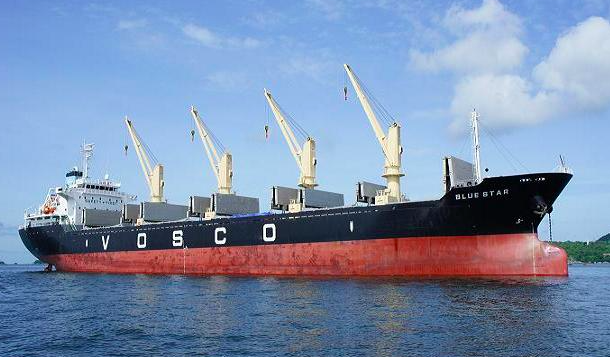 Economy
Economy

Standard Chartered Bank expects Việt Nam to grow at a steady 6.9 per cent in 2019, as the focus shifts to sustainable growth, while FDI-driven manufacturing and stronger domestic activity is likely to support growth.
 |
| A woman shops at a supermarket. Standard Chartered Bank projects Việt Nam’s GDP growth at 6.9 per cent in 2019. — Photo bizlive.vn |
HCM CITY — Standard Chartered Bank expects Việt Nam to grow at a steady 6.9 per cent in 2019, as the focus shifts to sustainable growth, while FDI-driven manufacturing and stronger domestic activity is likely to support growth.
This forecast was highlighted at Standard Chartered’s Global Research Briefing held on Wednesday in HCM City, drawing senior representatives from over 120 local and foreign corporate clients. The annual event discussed Standard Chartered’s recently published Global Focus - Economic Outlook 2019 report entitled “Fighting the current”, and its latest Global Research report on Việt Nam entitled “Việt Nam in 2019 – Steady and Sustainable Growth”.
“Most macro-economic indicators improved in 2018, interest and foreign exchange rates were kept stable despite the Fed’s hike in interest rates and US-China tension, and non-performing loans were well-managed below 3 per cent. This has helped minimise market volatility, increase Việt Nam’s export competitiveness relative to other ASEAN economies, attract FDI, and create public confidence towards SBV’s management capabilities and policies. We believe that the Vietnamese economy will remain one of the fastest growing in Asia and likely the fastest-growing ASEAN economy in 2019,” said Nirukt Sapru, CEO Việt Nam and ASEAN and South Asia Cluster Markets, Standard Chartered Bank.
“Việt Nam recorded a 10-year high GDP growth rate of 7.1 per cent year-on-year in 2018, in line with our forecast. 2018 was the first year since the global financial crisis that second quarter growth was slower than first quarter, and third quarter slower than second quarter; we believe this is a sign of focus on sustainable growth over the medium term. We remain positive on Việt Nam’s medium-term growth on strong manufacturing activity as FDI inflows to electronics manufacturing remain strong,” said Chidu Narayanan, Economist, Asia, Standard Chartered Bank.
According to the latest macro-economic research report on Việt Nam, the manufacturing sector had expanded by double digits for most of the past four years and this pace was likely to continue this year. The bank expected manufacturing growth to remain strong this year, though mildly lower than in 2018 due to the high base and uncertain external environment.
Standard Chartered economists forecast FDI inflows to stay strong this year at close to US$15 billion and FDI inflows to the manufacturing sector, particularly electronics manufacturing, to remain high in the medium term.
The study pointed out that construction activity moderated through 2018, growing 8.9 per cent in the full year, and construction growth, particularly in the real estate sector, would continue to moderate in 2019, but expand at a still-strong 7.5 per cent. Slower growth in the construction sector, which makes up close to 5 per cent share of the economy, was likely to be offset by faster agriculture growth, which accounts for 12 per cent share of the economy. Agriculture expanded 2.9 per cent in 2018, the fastest pace in six years, and is likely to continue its recovery in 2019.
Standard Chartered Bank anticipated that the State Bank of Việt Nam (SBV) was likely to remain accommodative in the near term to support growth, even as inflation edges higher. It expected steady policy rates in 2019 and a mild appreciation of the Vietnamese đồng, but saw a risk of policy tightening in the second half of 2019.
Wednesday’s event was part of the 2019 Standard Chartered Global Research Briefing series, which was organised by the bank in major ASEAN cities to provide its clients in-depth insight and analysis on global, regional and local socio-economic trends that would have an impact on international business and trade in the year ahead. — VNS